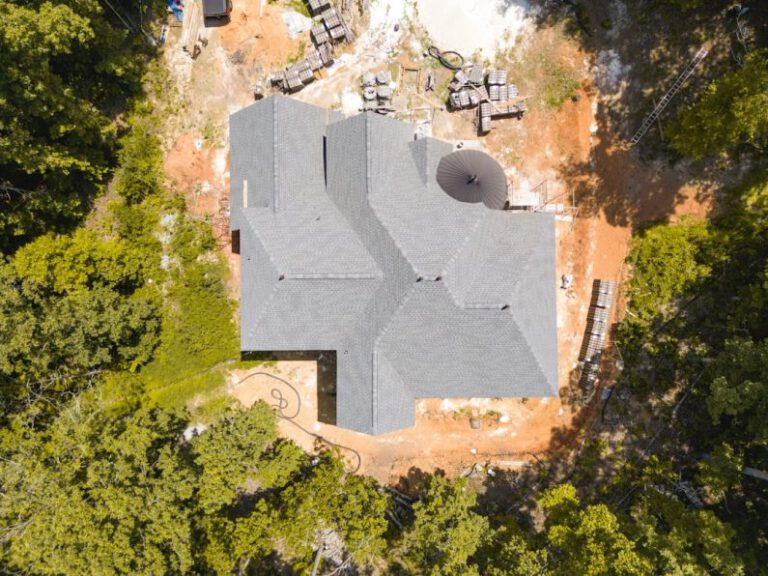How Does Augmented Reality Help with Building?
Augmented Reality (AR) technology has made significant strides in the construction industry, revolutionizing the way buildings are designed, constructed, and maintained. With its ability to overlay digital information onto the physical environment, AR has become a powerful tool for architects, engineers, and construction professionals. From improving efficiency to enhancing safety on construction sites, AR is reshaping the building process in remarkable ways.
Enhancing Design and Visualization
One of the primary ways in which augmented reality helps with building is by enhancing the design and visualization process. Architects and designers can use AR tools to create 3D models of buildings and view them in real-world settings. This enables them to get a better sense of scale, proportion, and spatial relationships, leading to more accurate and efficient design decisions. By visualizing the finished project in AR, stakeholders can also provide feedback and make informed decisions early in the design process, reducing the likelihood of costly changes later on.
Improving Construction Planning and Coordination
AR technology is also instrumental in improving construction planning and coordination. By overlaying digital models onto physical construction sites, project managers can assess the feasibility of designs, identify potential clashes or conflicts, and optimize construction sequences. This helps streamline the construction process, reduce errors, and minimize costly delays. Additionally, AR can be used to visualize underground utilities and infrastructure, allowing construction teams to avoid costly mistakes during excavation and construction.
Enhancing On-Site Construction
On-site construction is where augmented reality truly shines in the building industry. Construction workers can use AR-enabled devices, such as smart glasses or tablets, to access real-time information, instructions, and visualizations while on the job. This hands-free access to data can help workers perform tasks more efficiently and accurately, leading to improved productivity and quality of work. AR can also assist in guiding workers through complex assembly processes, providing step-by-step instructions and highlighting key components, reducing errors and rework.
Facilitating Maintenance and Facility Management
Beyond the construction phase, augmented reality continues to provide value in building maintenance and facility management. Building owners and facility managers can use AR applications to overlay maintenance instructions, equipment manuals, and schematics onto physical building components. This can help streamline maintenance workflows, improve equipment uptime, and extend the lifespan of building systems. AR also enables predictive maintenance by providing real-time data on the performance of building systems, allowing for proactive interventions before issues escalate.
Enhancing Safety and Training
Safety is a critical concern in the construction industry, and augmented reality can play a significant role in enhancing safety on construction sites. By overlaying safety information, hazard warnings, and emergency procedures in AR, workers can be better informed and prepared to mitigate risks. AR can also be used for safety training, simulating hazardous scenarios in a controlled environment and allowing workers to practice emergency responses. This hands-on training can improve safety awareness and preparedness, reducing the likelihood of accidents and injuries on construction sites.
In Conclusion
Augmented reality has emerged as a game-changer in the building industry, offering a wide range of benefits throughout the building lifecycle. From enhancing design and visualization to improving construction planning, on-site construction, maintenance, and safety, AR technology is transforming the way buildings are conceived, constructed, and managed. As AR applications continue to evolve and become more accessible, we can expect to see even greater advancements in building practices and a continued shift towards more efficient, sustainable, and safe construction processes.






